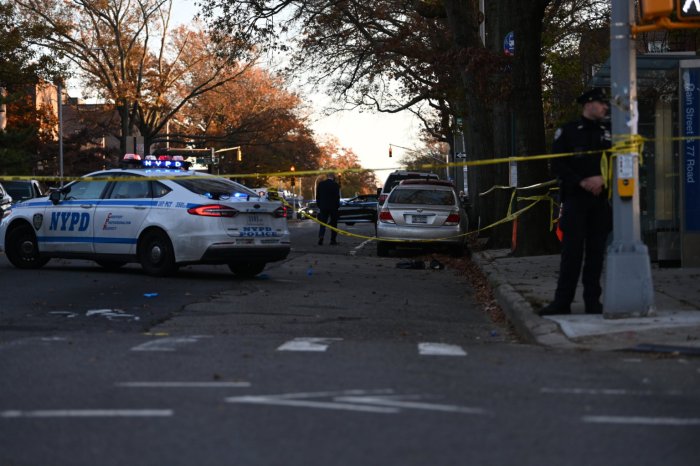By Tom Tracy and Gary Buiso
Here it is – the ultimate dirty job. Police in Red Hook are investigating reports that over 500,000 pounds of dirt was pinched from the future home of Brooklyn’s first IKEA. Workers at the site reported the theft last week, claiming that the recycled aggregate fill – the crushed-up remains of the buildings that stood on the Beard Street site and surrounding earth — was taken sometime over the New Years holiday. The theft was one of the cleanest getaways on record, prompting rumors that it could have been an inside job. No one reported seeing anything amiss until work resumed on January 2 even though the site is usually protected by security guards. IKEA did not comment if the guards were on patrol over the holiday weekend, citing the ongoing police investigation. “We can report that the nature of the stolen material was aggregate fill created on-site by crushing concrete and demolition debris from the property,” IKEA spokesman Joseph Roth said in a statement. “The creation and utilization of this material was approved and monitored by several regulatory agencies and was being used as per our approved remedial work plan.” But the landfill looting would have had to have taken a good amount of planning. Making off with 300 cubic yards of material was not the actions of a group of whimsical chimney sweeps. Police were told that the thieves would have needed at least 15 trucks to take the dirt off site. Roth said that the amount of material stolen was not great enough to have a measurable impact on the project and that “site preparation is continuing on schedule.” A shipyard since the 1860’s, the site has been home to the United States Navy, New York Shipyard and Stevens Technical Services. The byproduct of the once-thriving shipping industry has been host to a range of pollutants, from mercury and arsenic, to PCB’s and petroleum wastes, none of which the state has said immediately threaten public safety. All 19 Civil-War era buildings on the site have been demolished to make room for IKEA. The cost of clean-up of the polluted site, under the state’s Brownfield Clean-up Agreement, has been offset by tax credits. Maureen Wren, a spokes-person for the state’s Department of Environmental Protection, which has oversight of the brownfield site, said the agency was notified last Thursday about the missing dirt. The agency had previously tested the material, and found it to be clean of contaminants. Clean fill material is difficult to find and is considered a resource that is in high demand in particular areas, including Brooklyn. So what if the dirt never left the site, as some in the neighborhood have speculated? “It would have potentially been okay” if the material was even buried on the site, Wren said. “The use of the fill now reported missing had been anticipated for being used in the capping of the area,” Wren added.





























